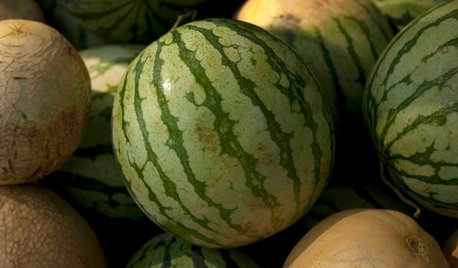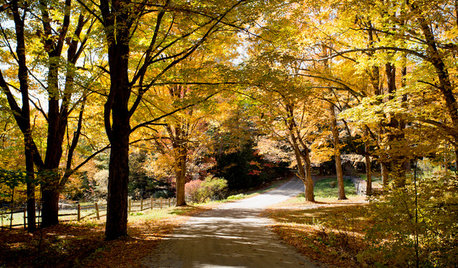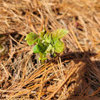Squash Vine Borer Emergence for Cincinnati Ohio
Paige Nugent
6 years ago
Featured Answer
Sort by:Oldest
Comments (21)
LoneJack Zn 6a, KC
6 years agoPaige Nugent
6 years agoRelated Professionals
Clayton Landscape Contractors · Costa Mesa Landscape Contractors · Dedham Landscape Contractors · East Chicago Landscape Contractors · Fort Payne Landscape Contractors · Goodlettsville Landscape Contractors · Homewood Landscape Contractors · Huntington Landscape Contractors · Pahrump Landscape Contractors · Richmond Landscape Contractors · Seymour Landscape Contractors · South Lake Tahoe Landscape Contractors · Norridge Landscape Contractors · Hueytown Landscape Contractors · Winston-Salem Driveway Installation & Maintenanceplanterjeff
6 years agoglib
6 years agoplanterjeff
6 years agolast modified: 6 years agoLoneJack Zn 6a, KC
6 years agodaninthedirt (USDA 9a, HZ9, CentTX, Sunset z30, Cfa)
6 years agolast modified: 6 years agoPaige Nugent
6 years agosusanzone5 (NY)
6 years agolast modified: 6 years agoStacy (Zone 7a Piedmont)
6 years agodaninthedirt (USDA 9a, HZ9, CentTX, Sunset z30, Cfa)
6 years agolast modified: 6 years agogardendawgie
6 years agodaninthedirt (USDA 9a, HZ9, CentTX, Sunset z30, Cfa)
6 years agolast modified: 6 years agoStacy (Zone 7a Piedmont)
6 years agodaninthedirt (USDA 9a, HZ9, CentTX, Sunset z30, Cfa)
6 years agolast modified: 6 years agoStacy (Zone 7a Piedmont)
6 years agodaninthedirt (USDA 9a, HZ9, CentTX, Sunset z30, Cfa)
6 years agolast modified: 6 years ago
Related Stories

EDIBLE GARDENSSummer Crops: How to Grow Squash
Almost foolproof and with cheerful flowers, squash comes in a wide range of varieties to plant in spring
Full Story
GARDENING GUIDESSummer Crops: How to Grow Melons
Drink in the refreshing sweetness of melons from your own garden this summer — they can last well into fall too
Full Story
FALL GARDENINGHouzz Call: Show Us Your Autumn Views
Share your pictures of fall foliage and decor in the Comments. Your photos may be featured in an upcoming story!
Full Story
GARDENING GUIDESSmall Carpenter Bees Are Looking for a Home in Your Plant Stems
Provide flowers and nesting sites in your garden for this beautiful, tiny, metallic blue wild bee — your plants will thank you
Full Story
FALL GARDENING7 Reasons Not to Clean Up Your Fall Garden
Before you pluck and rake, consider wildlife, the health of your plants and your own right to relax
Full Story
LANDSCAPE DESIGN15 Great Ideas for a Lawn-Free Yard
End the turf war for good with hardscaping, native grasses and ground covers that save water and are easier to maintain
Full Story
FALL GARDENINGWhy Fall Is the Best Time for Planting
Spring is overrated for planting. Starting plants in autumn has advantages for both garden and gardener
Full Story
FALL GARDENING5 Ways to Put Fall Leaves to Work in Your Garden
Improve your soil and yard the organic way with a valuable garden booster that grows on trees
Full StoryMore Discussions







Stacy (Zone 7a Piedmont)